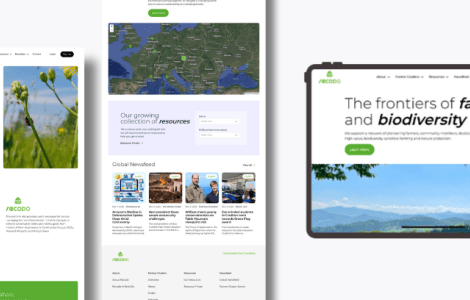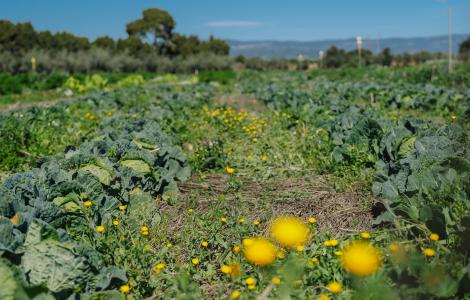Humans are as much to blame for increased wildfire risk as climate change
A new study on wildfires in California, published in the journal PLOS ONE, and with the participation of Enric Batllori, researcher from CREAF and the Catalonia Forest Technology Centre (CTFC), reveals that human activities influence the frequency and location of wildfires just as much as climate. The researchers evaluated both the 'anthropogenic factor' and climate change. This is the first time that a study of this sort has been carried out in a territory of such size (California is about 13 times the size of Catalonia).

The results suggest that current evaluations for knowing where and how frequent wildfires will be don’t take the anthropogenic factor into account sufficiently. This could mean that some potential causes or reasons for outbreak could be left out of analysis. The new model developed in the study takes into account both climate change and human behavior, allowing experts to better predict what area of California is most likely to suffer a wildfire.
Climate change affects both the intensity of the forest fire season and the structure and type of vegetation in a given region, two key factors in forest fire prediction. However, humans contribute another set of elements which influence wildfires, such as built infrastructures and the frequency and location of different sources of ignition, such as cigarette butts or electric lines and towers. The overwhelming human occupation of the landscape has led to the fact that 90% of forest fires in California are started due to human causes.
“The results from California can be extrapolated to many other zones with a Mediterranean climate, including Catalonia"
Enric Batllori says, “the results from California can be extrapolated to many other zones with a Mediterranean climate, including Catalonia, where humans are also responsible for most fires, and where there are many urbanizations in areas quite vulnerable to forest fire”.
“Society doesn’t have very much control on how changes in climate will affect wildfire risk in the future. However, we do have the ability to influence the other side of the equation, in how we change the structure of the landscape”, says Michel Mann, Professor of Geography at George Washington University and director of the study. Batllori also adds, “part of the negative effects associated with forest fires could be reduced with improved landscape planning, such as incorporating wildfire risk into urban planning and incentivizing forest management”.

The researchers saw that when the human influence in wildfire risk in California was omitted, they were in fact overestimating the importance of climate change. For this reason, they think that it is necessary to consider both of these factors in new predictive models.
It is estimated that in half a century the economic damages from wildfires will triple, reaching up to 500 million dollars annually.
Max Moritz, study coauthor and researcher at the University of Berkeley, explains, “there is a wide consensus about the importance of climate on forest fire risk on relatively large scales. At the more local level, it is possible that your precision will be compromised if you don’t include the factor of human development in the landscape.” Along these lines, Enric Batllori says, “this is very important when predicting the effects of climate change, and the study confirms that it is essential to think out where and how we build in order to minimize future damages”.
Forest fires cause huge monetary and investment losses
Between 1999 and 2011, annual damages from wildfires in California have been on the order of 160 million dollars. Additionally, during this period the government and US Forest Service have destined more than 5 billion dollars to fighting forest fires. With numbers such as these, it is estimated that in half a century the economic damages from wildfires will triple, reaching up to 500 million dollars annually. “Predictions of these types of figures are essential for politicians, land managers, and forest fire experts in order to define the risks resulting from forest fires”, says Mann.
ARTICLE
Mann, M.L., Batllori, E., et al. Incorporating anthropogenic influences into fire probability models: Effects of Human Activity and climate change on fire activity in California. (2016) PLOS ONE 11 (4). DOI: 10.1371/journal.pone.0153589






